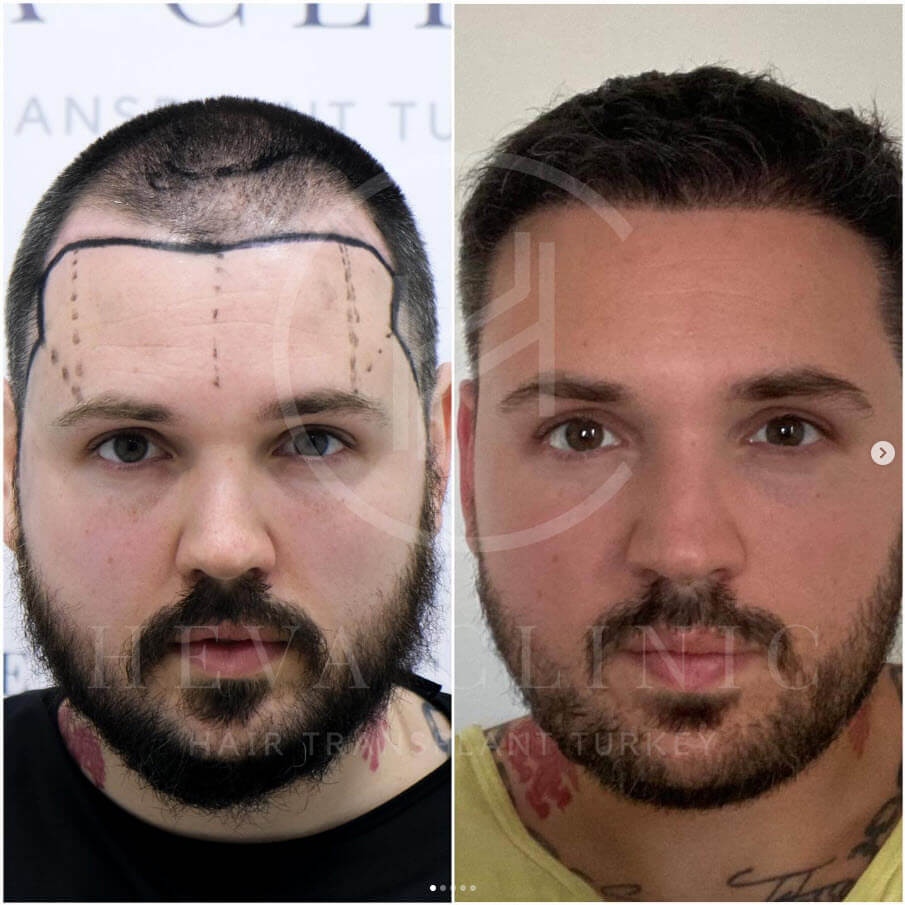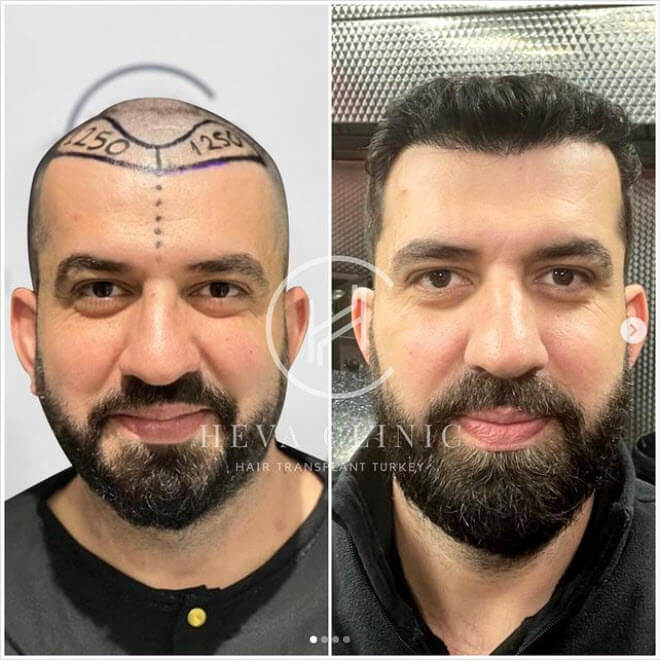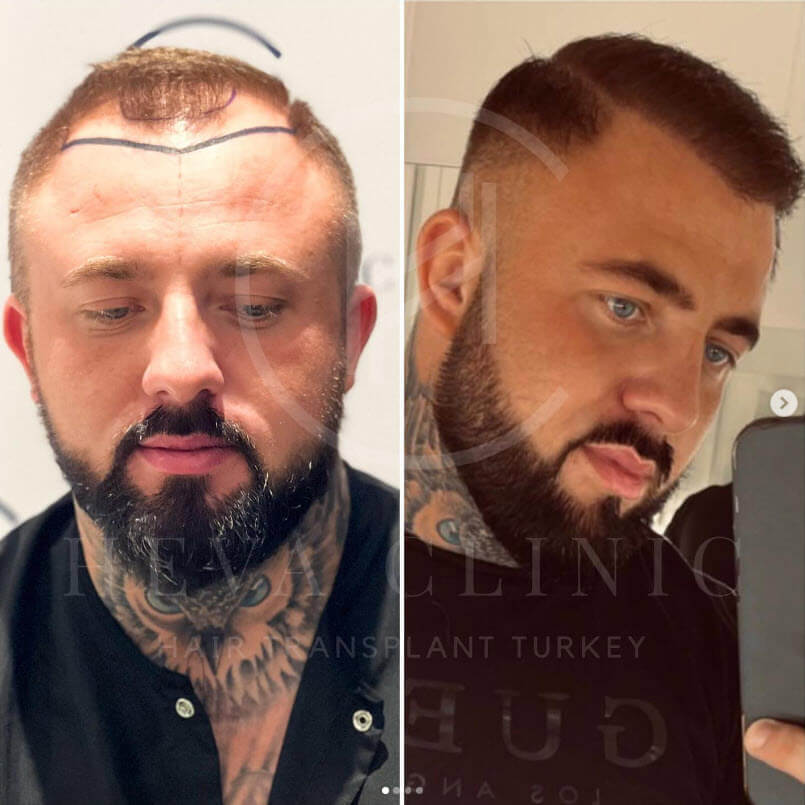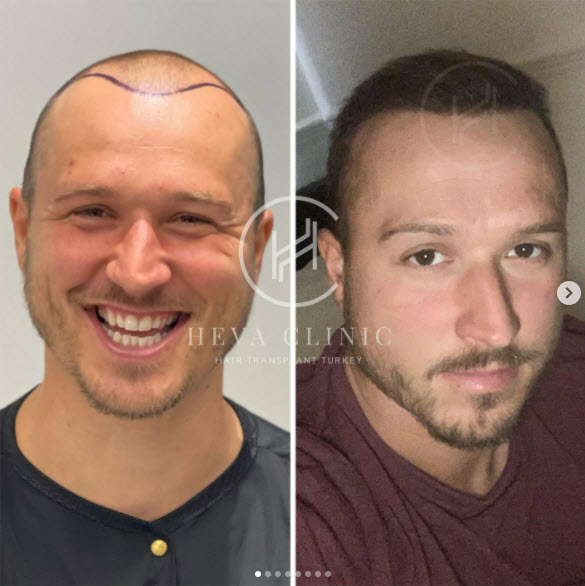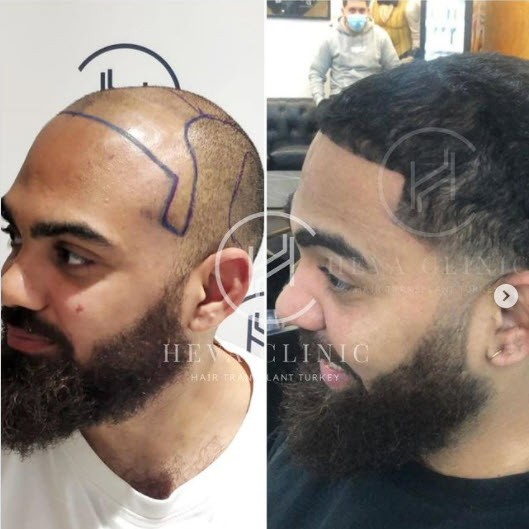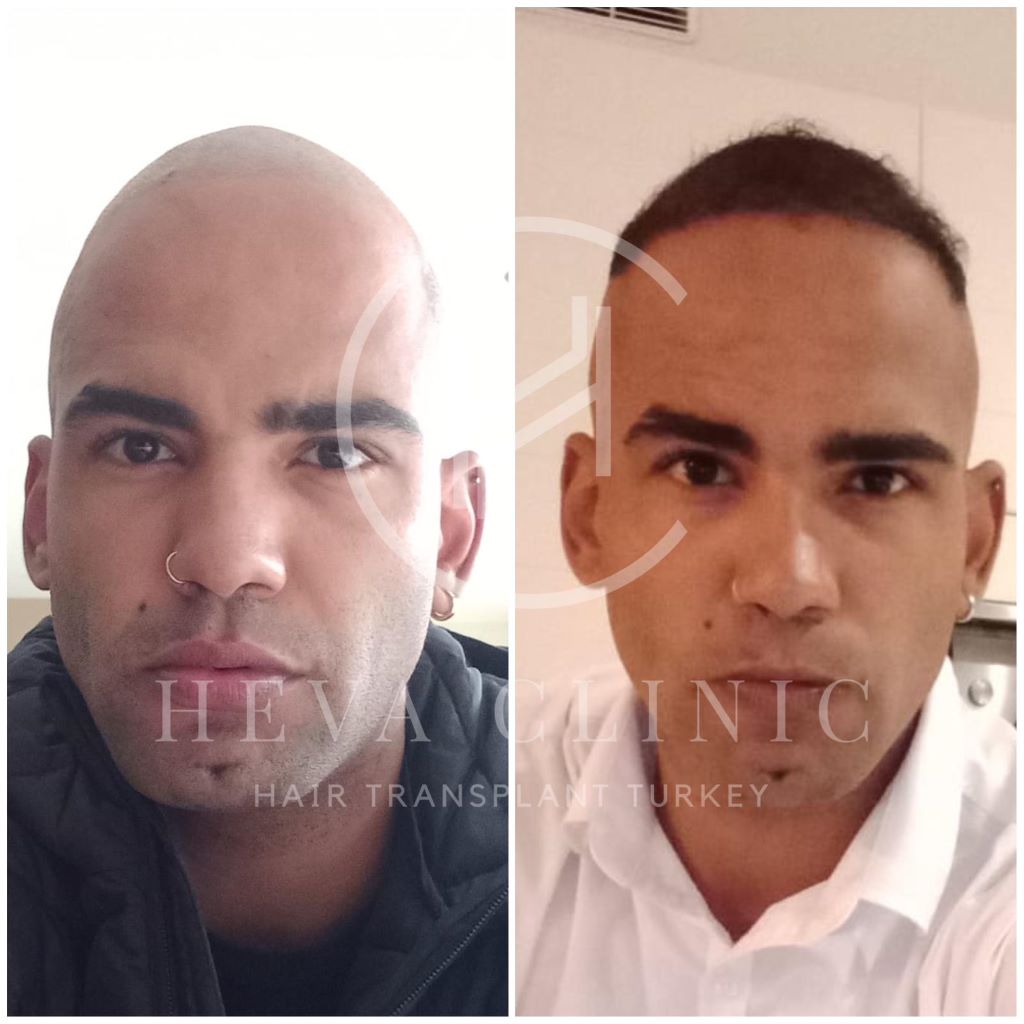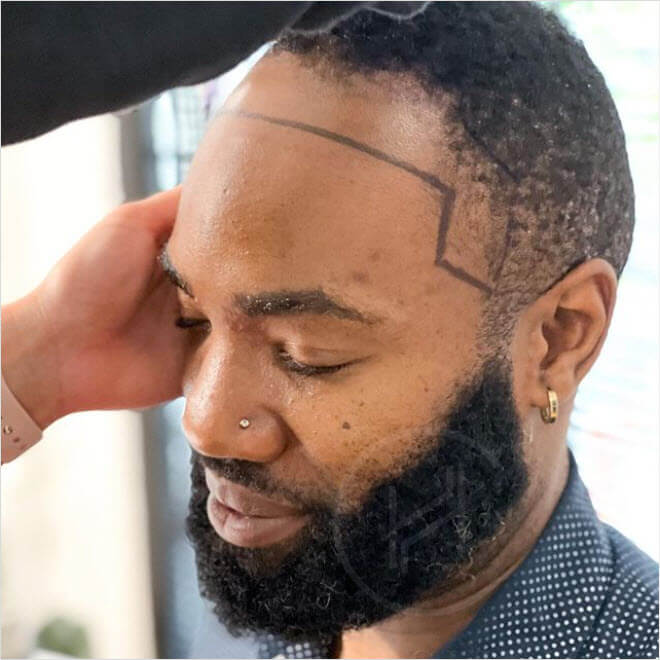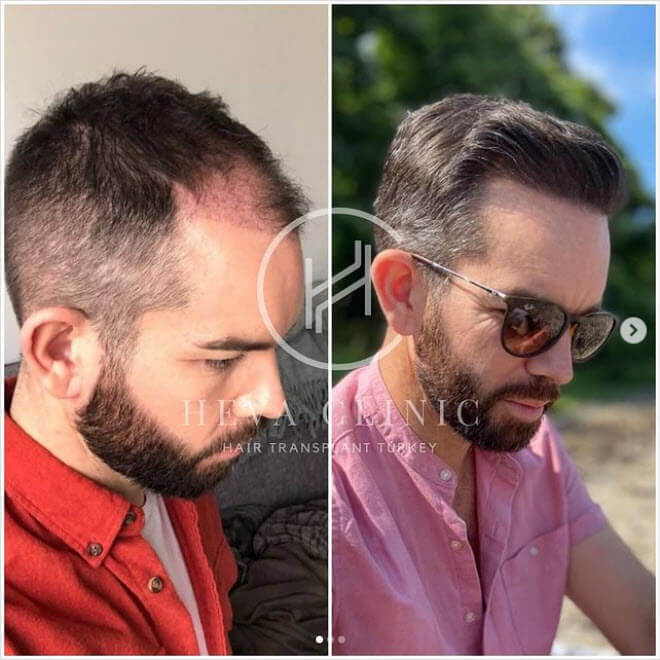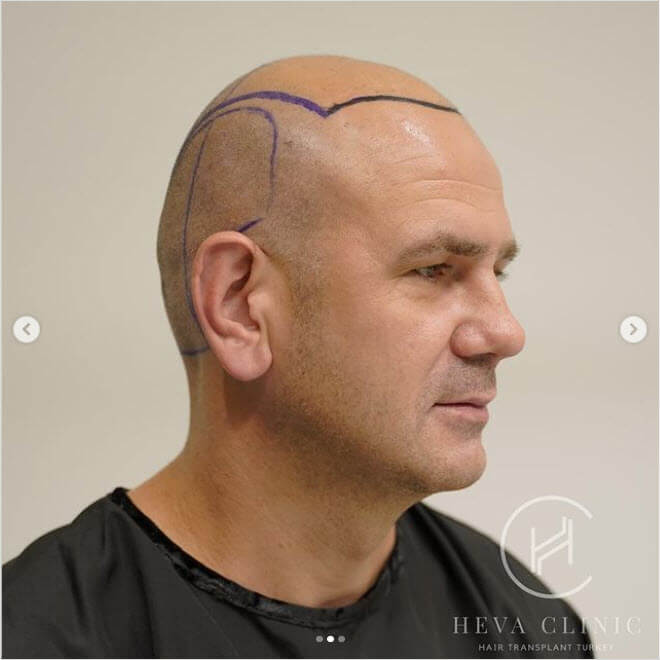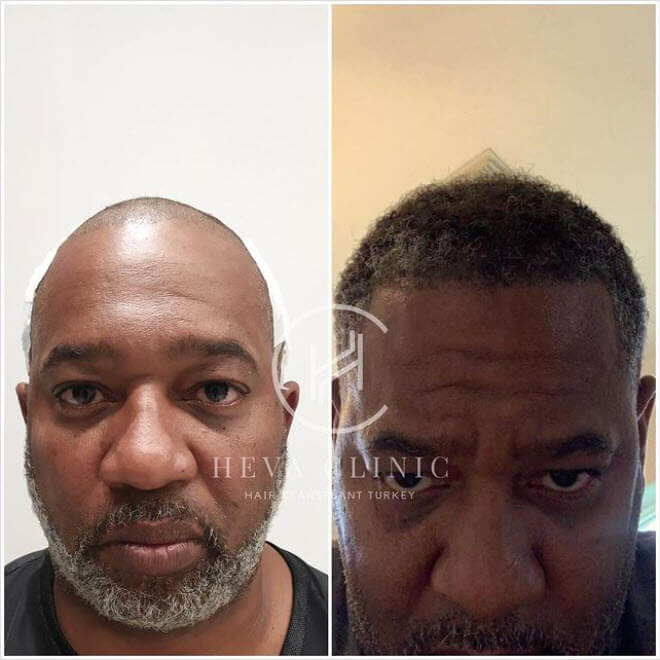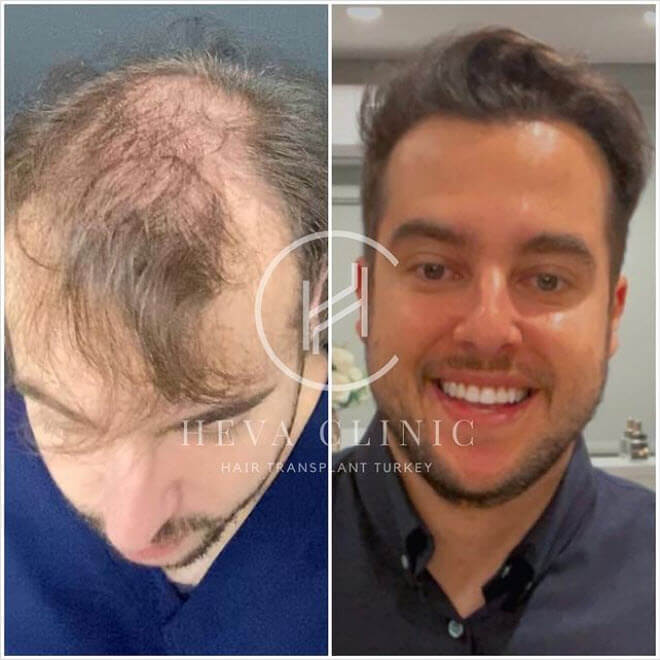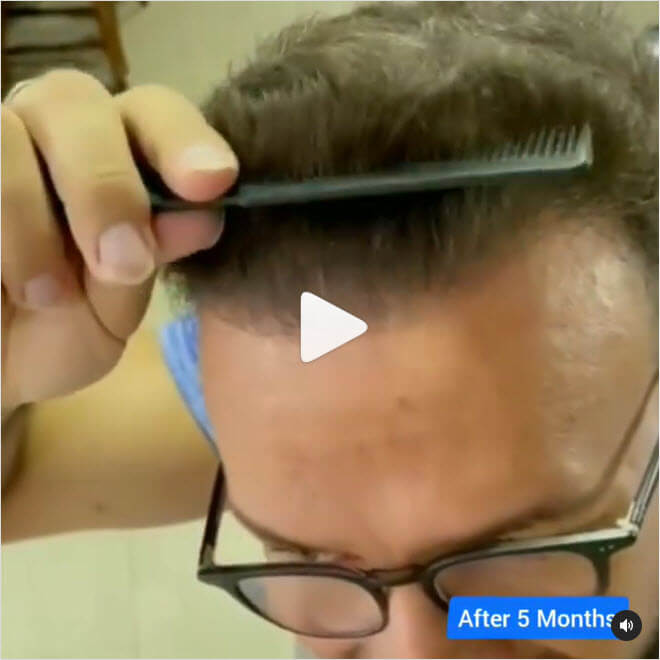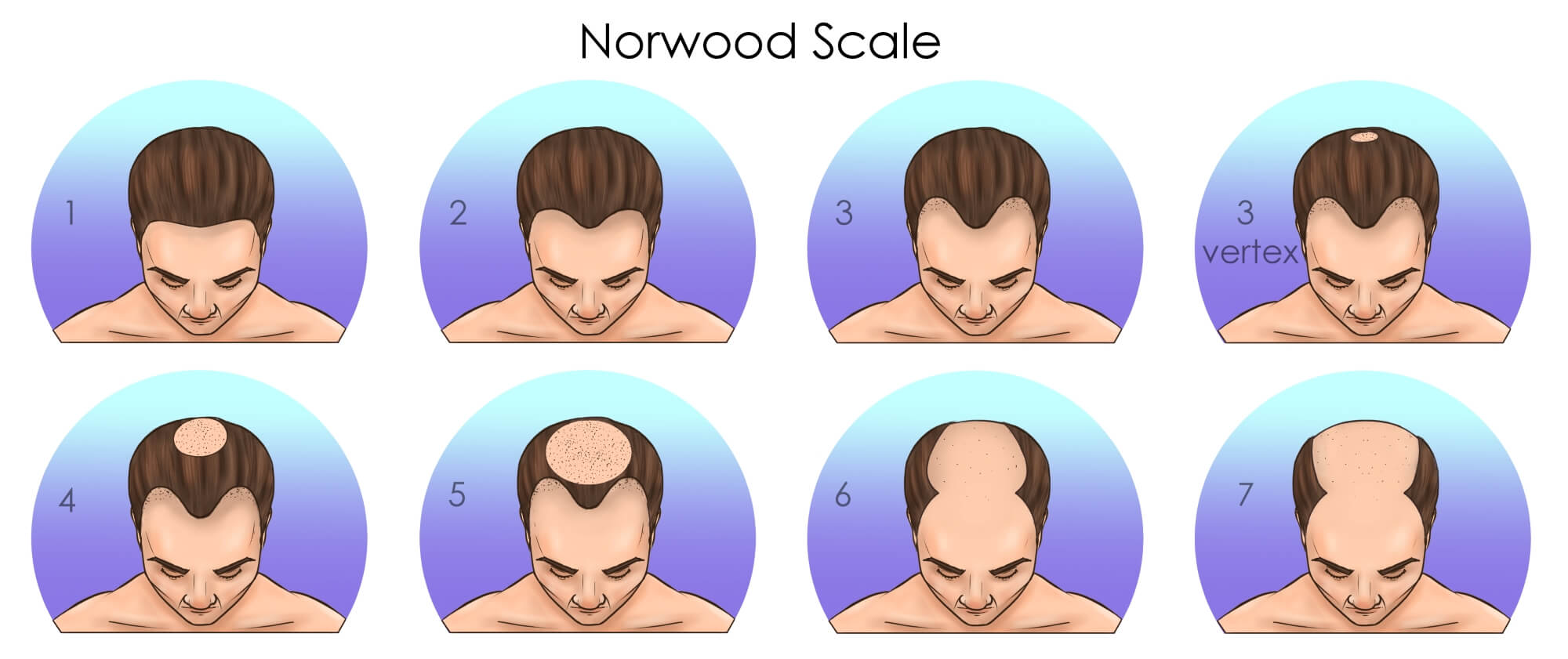
Male pattern baldness is a common hair loss condition that adult males experience. This type of hair loss goes through significant stages and commonly results in a similar look for most men. The process of male pattern baldness is usually similar for most men and the hair loss stages can be classified using the Norwood (or Hamilton-Norwood) hair loss scale.
At the advanced stages of male pattern hair loss, men may lose most of their hair starting at the front of their scalp and feel insecure about their appearance. This well-known condition is usually caused by genetics and ageing, thus, can be tricky to prevent. Because male pattern baldness affects a lot of men, modern medicine has come up with various solutions to this problem.
Norwood hair loss scale
The Norwood scale is one of the many hair loss classification scales used by surgeons to map out the common hair loss processes. The Norwood hair loss scale is especially preferred in the case of male pattern baldness. This scale gives an idea about the significant stages during the male pattern baldness and possible treatment options. On the Norwood scale, there are 7 stages of male pattern baldness.
How many grafts do I need?
How many grafts you need is directly correlated to your hair loss pattern; let’s take a look at the important characteristics of each Norwood stage and how many grafts they need to obtain a natural and dense look!
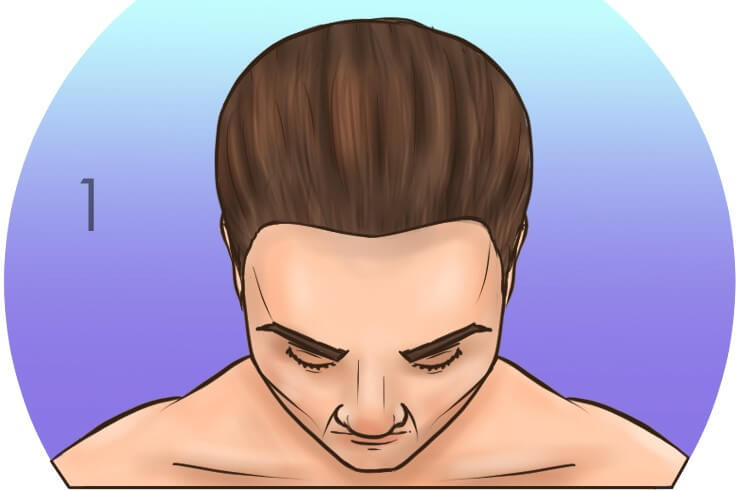
Stage 1 at the Norwood scale is the control stage. No signs of male pattern baldness are observed at this stage and the original shape of the hairline is preserved.
Stage 1 solution: If the patient is concerned about hair loss, topical or oral medications can be taken; alternatively, PRP hair treatment can be done to maintain the density. 0 to 1000 grafts might be implanted if the hair loss is stabilised to reshape the hairline.
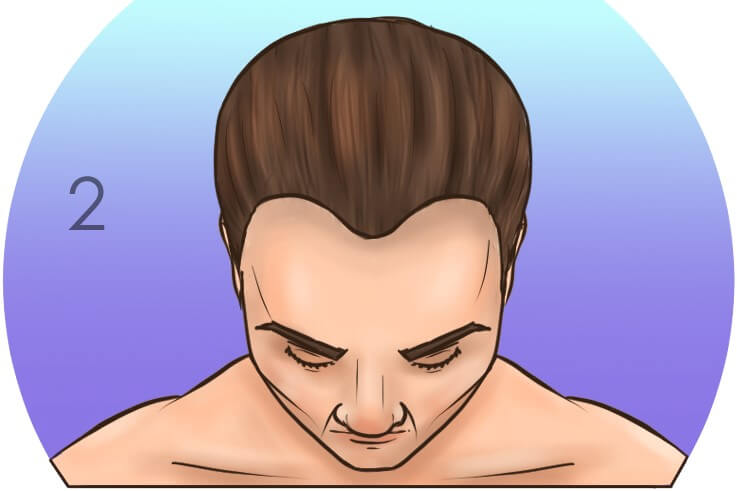
At stage 2, the first signs of male pattern baldness become visible and the hairline starts to recede ever so slightly.
Stage 2 solution: If the hair loss is stabilised, 1000 to 1500 hair grafts can be transplanted to achieve the desired hairline. If not, the density can be maintained by using topical/oral medications or frequent PRP hair treatment sessions.
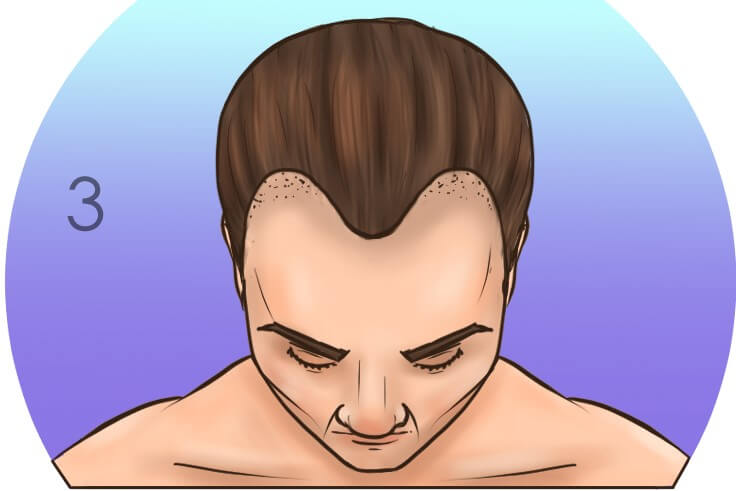
Stage 3 is usually when men start to worry about the look of their hair. Depending on the genetics, the hairline can start to take a V, M, or U shape.
Stage 3 solution: The patient may start considering a hair transplant operation at that stage as medications cannot be enough to maintain the hairline. 2000 grafts may be sufficient to obtain a dense and natural hairline. PRP hair treatment sessions and medications can be beneficial to keep the density of the crown area.
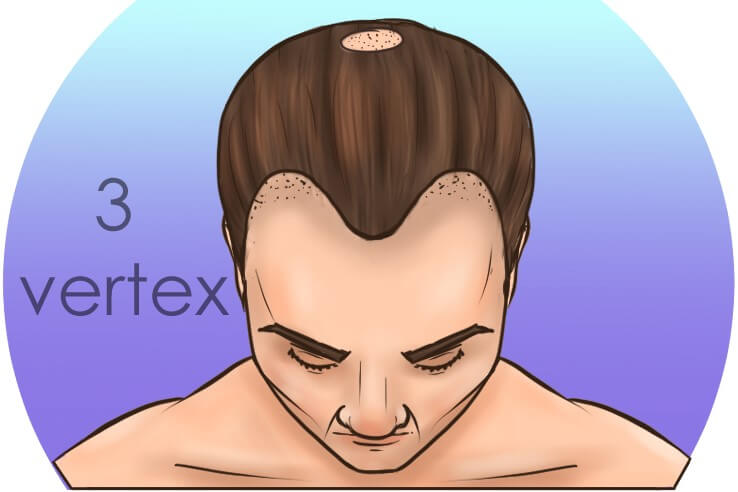
In the case of stage 3 vertex, the hairline looks the same as the stage 3; however, significant hair loss is observed on top of the head, also known as the vertex or crown.
Stage 3 vertex solution : 1500 – 2000 hair grafts for the hairline and 500 – 1000 hair grafts for the crown area, overall 2500 – 3000 grafts, may be sufficient for this type of hair loss. Medications and PRP can be used to protect existing hair and to support hair transplant.
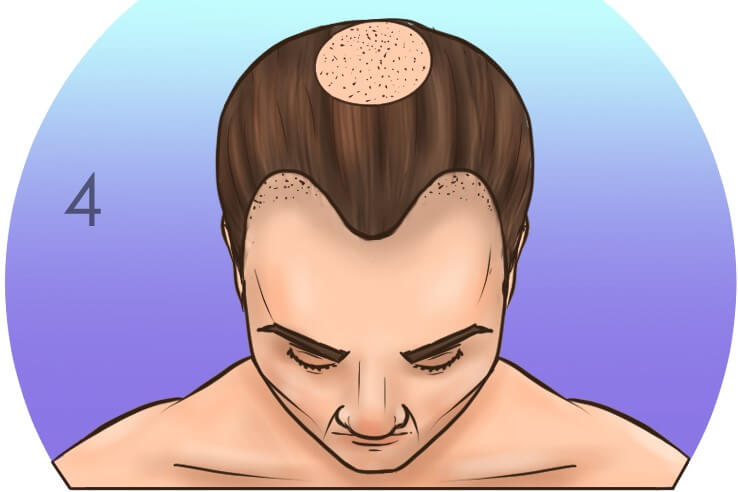
At stage 4, hair loss at the vertex and hairline progresses leaving a small band of hair between the two regions. If no significant hair loss is observed at the top of the head, the hairline might take a deeper U shape.
Stage 4 solution: This stage requires a minimum of 3000 grafts for full coverage. If the donor area is strong and hair loss is stabilised up to 4000 hair grafts can be implanted to obtain a dense look. Ongoing medication and PRP hair treatment can be used to support and foster the progress of hair transplant.
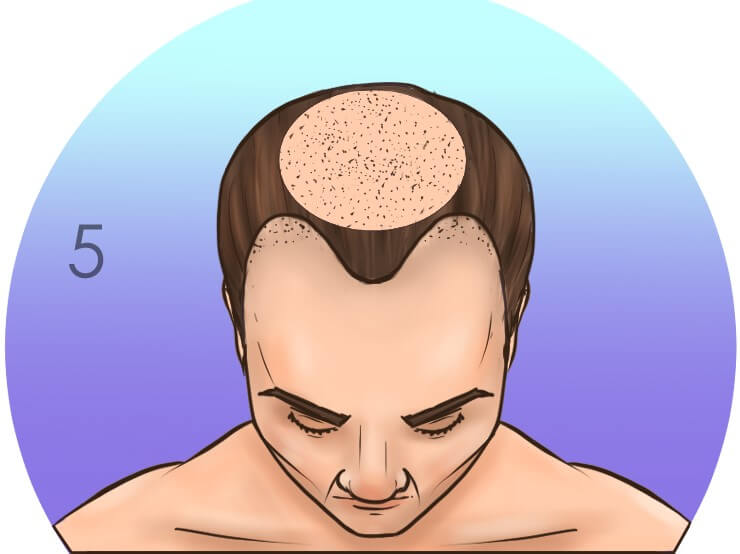
A more rapid and severe hair loss is observed at stage 5. The band between bold areas becomes thinner and the existing hair becomes sparser. If there is no band formation, the hairline recedes even further back.
Stage 5 solution: This stage requires a minimum of 3500 grafts for a strong front line and 4000 grafts for full coverage. If the donor area is healthy and strong, 5000 hair grafts can be transplanted to achieve a natural and dense look. Ongoing medication and PRP hair treatment can be used to support transplanted hair.
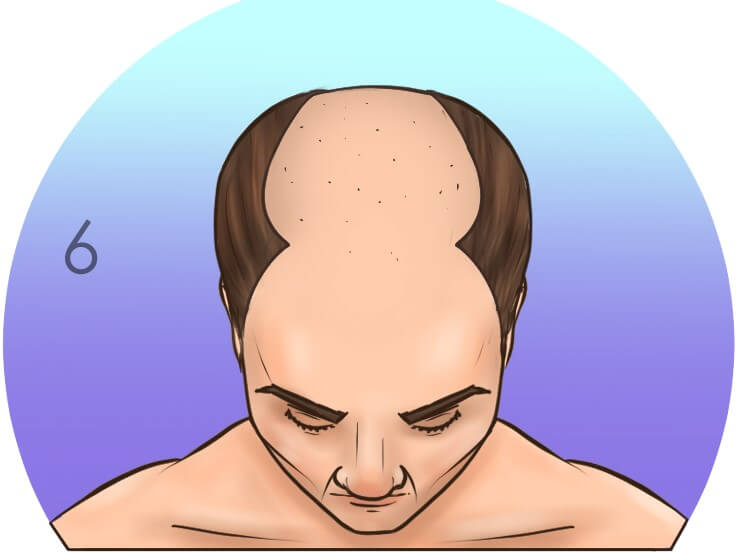
The band of hair between two bald areas disappears or becomes hard to notice. A large bold area at the top of the head can be observed.
Stage 6 solution: This stage requires a healthy and strong donor area and a minimum of 4500 grafts to achieve a natural front line. The patient should be realistic about his/her expectations and may consider drawing the hairline slightly higher to achieve natural and dense results. Up to 6000 grafts can be transplanted in 2 sessions for full coverage. Ongoing medication and PRP hair treatment are recommended.
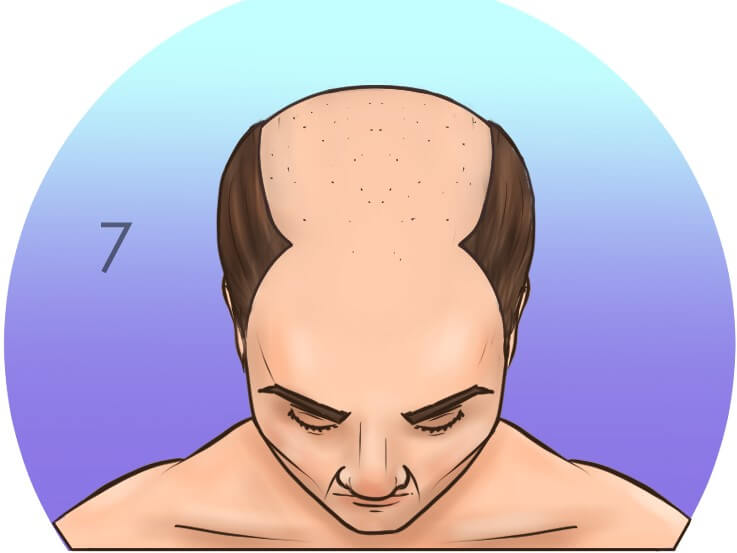
The last and most severe stage of male pattern baldness is stage 7. Only sparse and weak hair around the sides is left while the top is completely bald.
Stage 7 solution: Minimum of 7000 grafts are needed for full coverage however getting more than 6000 grafts is not suitable for all patients. If the patient is eligible for such operation, 7000 grafts can be transplanted in two sessions; or the second-best solution may be first getting 6000 grafts hair transplant in two sessions, and then the second operation at least one year after the first one.
How many hair grafts does the average person have for a hair transplant?
The number of hair grafts available for a hair transplant operation is limited to the hair grafts in the donor area. The hair grafts at the donor area are genetically coded not to fall out so they can provide permanent results.
The average person usually has approximately 4000 to 6000 hair grafts available in the donor area. Of course, this number can change from individual to individual.
Overharvesting is one of the biggest cosmetic risks of hair transplant which refers to disturbing the homogeneous look of the donor area.
Our medical team can help you estimate the number of donor hair grafts you have in your donor area.
How are the extracted grafts allocated for hair transplant?
Once the number of required grafts is determined and the new hairline is designed, the next crucial step is understanding how these grafts are allocated for the transplantation process. Since each individual’s hair loss pattern is unique, the allocation of grafts must be planned accordingly.
Our experienced surgeons consider factors such as the patient’s facial structure, natural hairline design, and overall aesthetic goals, allowing them to create a personalized plan for graft distribution.
Below, you can see the allocation of grafts on the scalp:
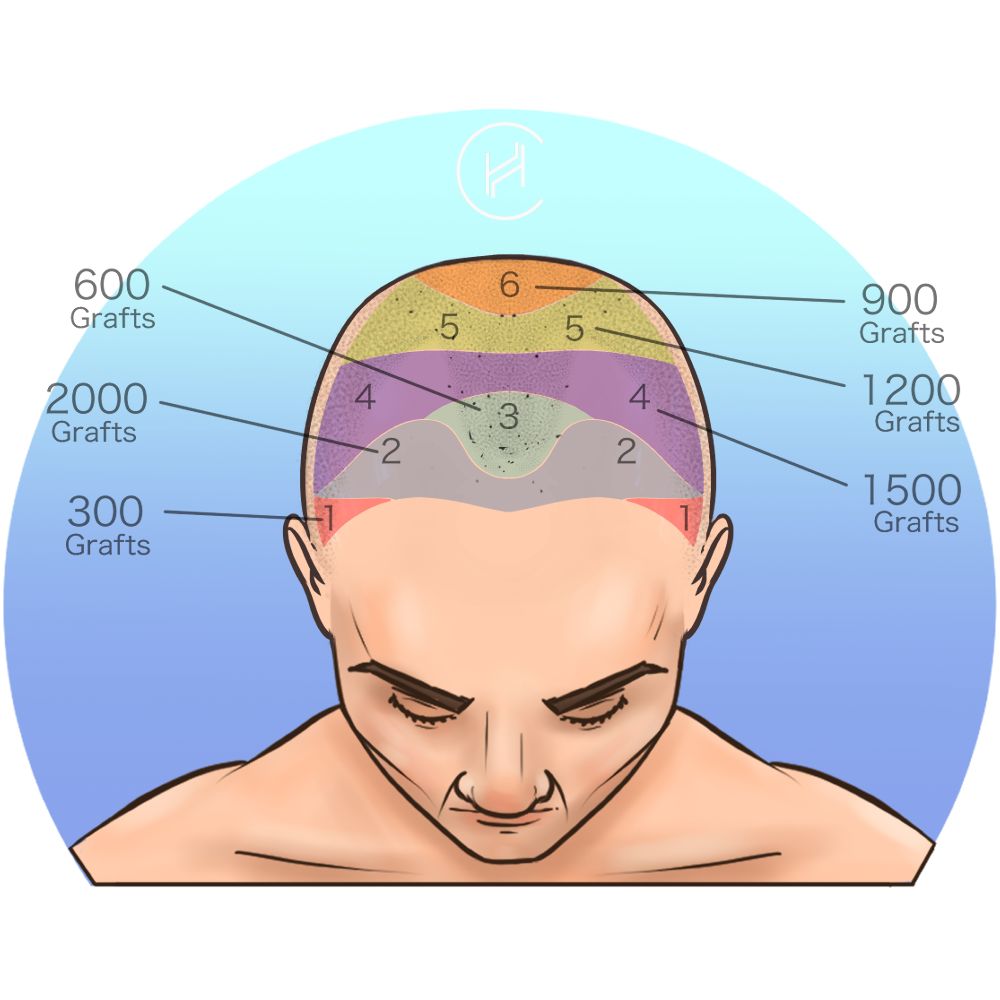
What are the treatment options?
Because this hair condition is a common problem for many men, doctors and researchers have long been looking for effective treatments for male pattern baldness. As a result, various treatments have been developed. Some frequently preferred male pattern baldness treatments are medication, PRP and hair transplant.

Medication
Over the counter medications are available for male pattern baldness treatment. Medication is usually preferred by men for its convenience since it does not involve any invasive operations or surgery. However, the efficiency of medication is arguable. Today, two different active ingredients are available on the market: Minoxidil and Finasteride.
Minoxidil is suitable for topical use and applied directly to the scalp in the form of foam or shampoo. Usually, Minoxidil is applied onto wet hair and expected to stop or slow down the hair fall out as it decreases the DHT levels on the scalp. The treatment may take over six months to show its full effect.
Finasteride, on the other hand, is an oral drug and is prescribed to be taken daily to reduce hair fallout. Since it is an oral route drug, you might experience some side effects. Furthermore, pregnant women are required to refrain from using this drug and touching crushed or broken tablets.
You should always consult your medical doctor or pharmacist before starting any medication.
 PRP
PRP
Platelet-rich plasma (PRP) hair treatment is a non-surgical operation aiming to improve hair quality. This treatment utilizes a person’s own blood plasma which is rich in growth factors to nourish the hair follicles.
PRP treatment is done in three stages: drawing the blood, separating the plasma, and injecting the platelet-rich plasma into the scalp. This treatment is known to trigger natural hair growth and has been utilised for the remediation of male pattern baldness.
Hair Transplant
Hair transplant is one of the most effective treatments when it comes to hair loss. This surgical treatment involves the careful extraction of healthy hair follicles and transplanting them to the target area to regain a healthy and normal hair look.
Even though there are a couple of different hair transplant methods, the most commonly used hair transplant methods are Ice follicular unit extraction (FUE) and direct hair implantation (DHI). In case of permanent hair loss, a hair transplant offers a long-lasting and natural solution. Hair transplant surgery is performed under local anaesthesia after which the recovery process takes a couple of weeks. The full results of a hair transplant can be seen after 9-12 months of the hair transplant surgery.

 PRP
PRP
